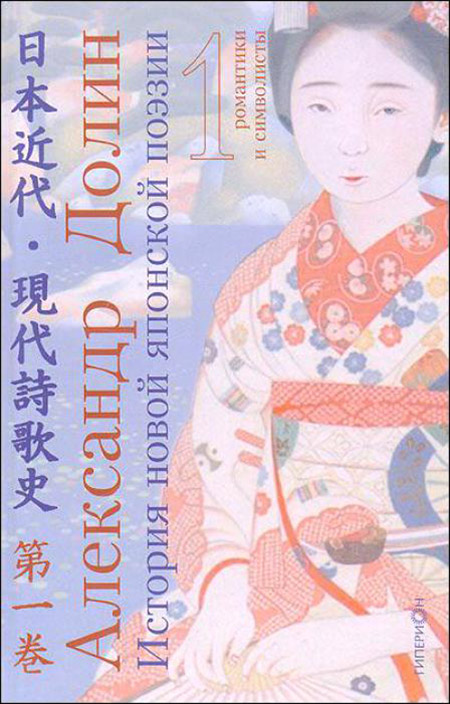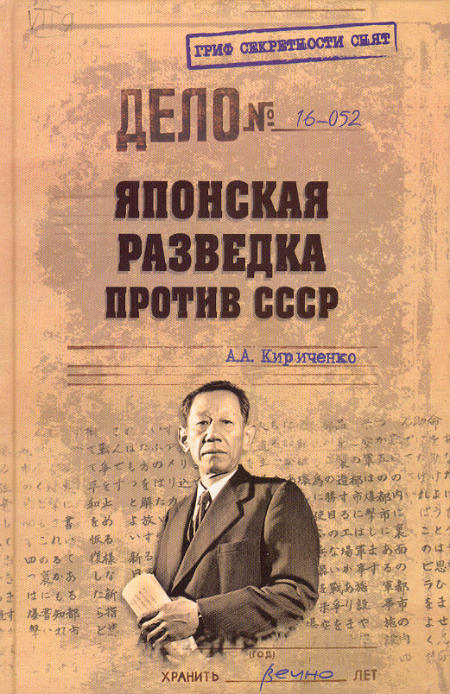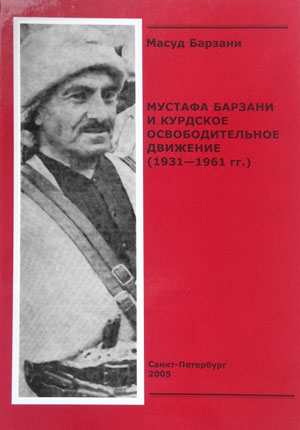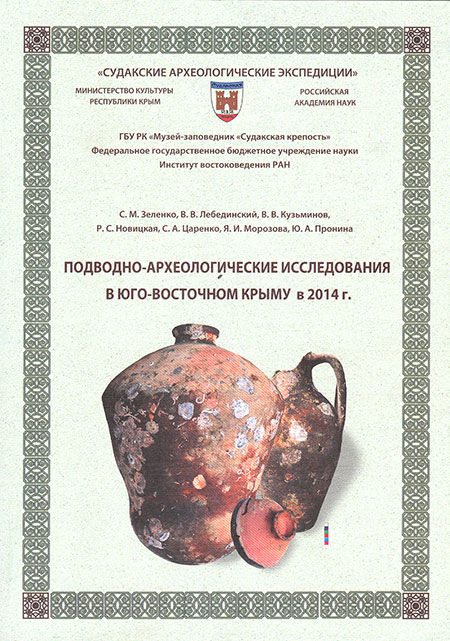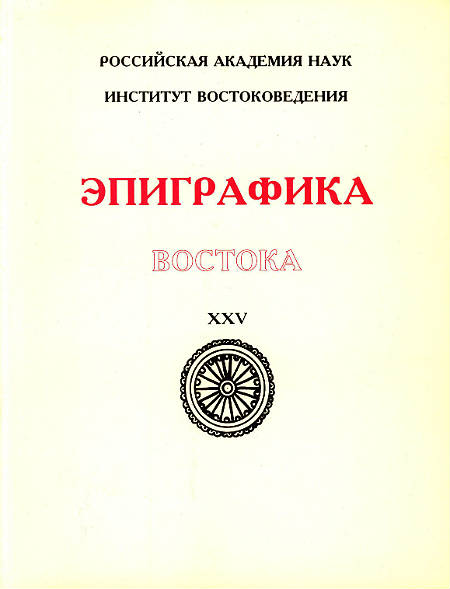Book
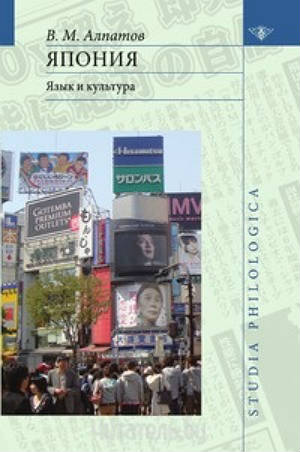 Япония: язык и культура
Япония: язык и культура
Alpatov Vladimir
Москва, 2008, 208 p.
The paramount element of every people’s culture is its language culture. It includes the usage of the language in different spheres of life by various kinds of people, as well as the peculiarities of their views on the language, the linguistic world-images, etc. The author examines diverse aspects of the Japanese language culture over the last decades. He also gives a critical analysis of Japanese publications on the corresponding problems. Special consideration is given, among other things, to the role played in Japan by the English language and English loan-words, to politeness forms, to special features of women’s speech in Japan, to kanji and other modes of Japanese written language. The book is a continuation of the series of Alpatov’s investigations started with his monograph “Japan: Language and Society” (1988). Amplifying the latter, it covers the changes that have occurred during the latest period, for example, those connected with computerisation.
Content
Introduction
Chapter 1. A brief historical overview
1.1. The origins of Japanese language
1.2. Period of Chinese influence
1.3. Period of American and European influence
Chapter 2. Japanese views of language. Linguistic myths.
2.1. The importance of linguistic problems
2.2. The uniqueness of Japanese
2.3. The overestimated difficulty of Japanese
2.4. Japanese language is for the Japanese
2.5. Japanese as a particularly rich language
2.6. The culture of silence
Chapter 3. Japanese nationalism and worldview
3.1. Japanese linguistic nationalism
3.2. Concerning the «Japanese brain»
3.3. Worldviews and the uniqueness of Japanese
3.4. Amae and the Semantic metalanguage
3.5. Concluding remarks
Chapter 4. On the Japanese linguistic worldview
4.1. Some examples
4.2. Japanese nature and language
4.3. Color terms
Chapter 5. «Talking to your group» and «talking to strangers»
5.1. The opposition of «familiar vs. strange»
5.2. The «ingroup language» and the «outgroup language»
Chapter 6. English loanwords and the English language in Japan
6.1. Gairaigo in modern Japan
6.1.1. Gairaigo as a subsystem
6.1.2. What do gairaigo mean?
6.1.3. Gairaigo and the English language
6.2. English language in Japan
6.3. Japan and foreign languages
Chapter 7. The rules of Japanese linguistic etiquette
7.1. Polite and honorific speech
7.2. Japanese kindred terms and address in and out of the family
7.3. Etiquette in conversation
7.4. The changes in Japanese etiquette
Chapter 8. Male and female speech
8.1. How Japanese men and women talk
8.2. Why do the Japanese women talk like this
Chapter 9. Japanese writing
9.1. Distinguishing traits of the Japanese writing
9.2. Kanji in the modern world
9.3. The hiragana and katakana
9.4. Roman letters in Japan
Chapter 10. Japanese culture reflected in lexicography
10.1. The treatment of archaic vocabulary
10.2. The treatment of proper nouns10.3. The treatment of idioms
Bibliography
V.M. Alpatov's writings on Japanese language and culture
РУССКАЯ ВЕРСИЯ: Япония: язык и культура


